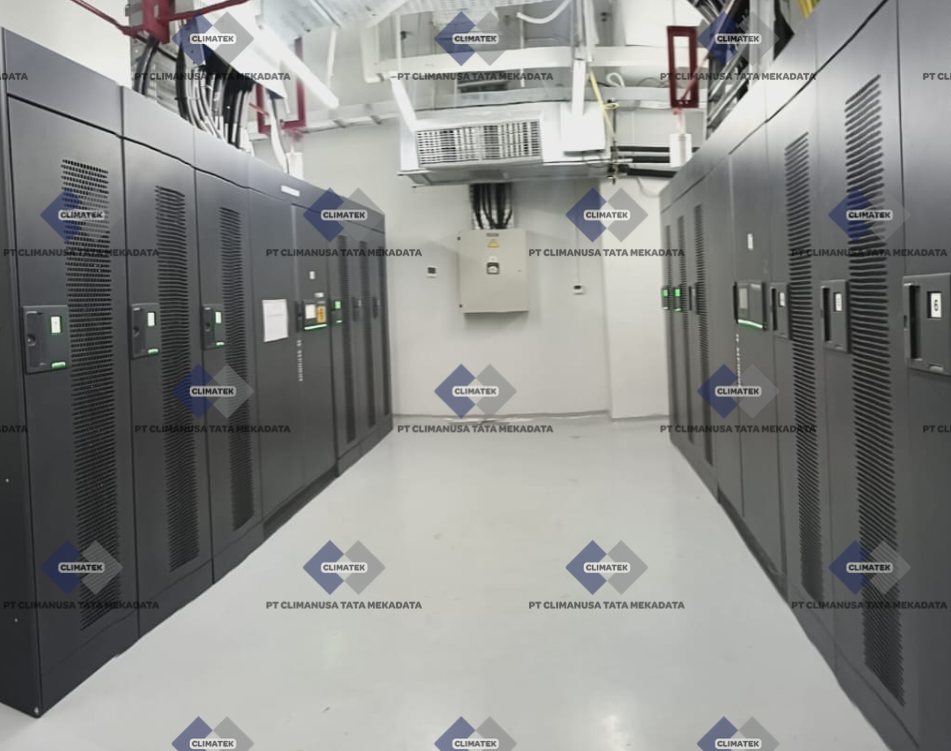The explosion of the Industrial Internet of Things (IIoT) has triggered a massive increase in the volume of data that needs to be stored, which in turn has led to the rapid growth in the number of data centers and their energy consumption. Simultaneously, various industries such as factories and supermarkets are also facing pressure to improve the energy efficiency of their heavy-load equipment. Therefore, data center owners and application managers are in dire need of finding ways to operate servers and power-hungry equipment efficiently while optimizing energy consumption.
Power distribution units (PDUs) play a crucial role in controlling and distributing power to various equipment in the data center. Nowadays, intelligent PDUs equipped with metering and switching capabilities from remote sites have become increasingly popular due to the growing demand for remote monitoring. Monitoring PDUs not only helps optimize energy usage by recording daily power consumption for payment calculation and energy management but also allows for the collection of PDU status data for device maintenance. To reap the benefits of monitoring PDUs, an energy management system (EMS) is required to collect meter data from PDUs, enabling operators to control, monitor, and optimize the performance of the PDUs. In addition, remote power panels (RPPs) can be used as an extension of PDUs to increase power distribution capacity by providing extra circuits. Therefore, monitoring circuit breakers and current transformers is also essential to ensure power distribution is under control throughout different circuits.
Reliable connectivity between the EMS and power devices, such as PDUs and RPPs, is critical to ensure smooth and optimized power distribution. Here are some tips to help you ensure reliable connectivity:
Retrofitting or Building New? Understand Your Development Stage
When you decide to monitor the PDUs and RPPs in your application environment, your approach to enabling connectivity will depend on your implementation plan. Besides connecting power meters, circuit breakers, and current transformers that might use different protocols and interfaces than your EMS, ask yourself the following questions to choose the right solution:
- Are you trying to retrofit existing PDUs or deploy new ones?
- Is there enough space for your wiring design?
- How many PDUs are you planning to connect to the network?
The answers to the above questions will help you determine whether you are looking for a single-port or high port-density connectivity solution. For example, if you have limited space for retrofitting your existing PDUs in a relatively small-scale application, a single-port connectivity solution may be the ideal option due to its compact design. In contrast, high port-density connectivity solutions can help you save costs if you have sufficient space to deploy multiple new PDUs.
Minimize Your Effort on Installation and Maintenance
Choosing an easy-to-use connectivity solution can save you significant time and effort. In the installation stage, wiring can be painful when you are connecting dozens of PDUs to the same network. Check if your connectivity solution has features such as Ethernet cascading, which provides an efficient wiring solution across several PDUs and RPPs to the EMS located in the control center. When your PDUs and RPPs are up and running, your networking devices will still require backups and updates from time to time. If your connectivity solutions provide user-friendly software tools, it can take the headache out of device configuration and maintenance.
Enhance Your Operation Reliability
When unexpected network failures occur, meter data loss can lead to miscalculation of your power consumption, resulting in incorrect billing and incomplete power data for analytics. To enhance your power monitoring system reliability, you need to consider backup mechanisms from different angles. Start from the networking devices. Dual-power inputs and high EMI immunity are features that can protect your networking devices from electrical interference. Next, develop a redundancy mechanism for your network transmissions. There are various network redundancy features in the market. When considering these options, see if their recovery times are acceptable for your power monitoring application.
In Indonesia’s dynamic data center landscape, the demand for reliable and efficient UPS solutions is paramount. Power fluctuations, outages, and the critical need for uninterrupted uptime necessitate robust and dependable UPS systems. Choosing the right distributor UPS data center is essential to ensure optimal power protection and peace of mind. A trusted UPS distributor not only provides high-quality products but also offers comprehensive expertise, support, and services to meet the specific needs of data centers. By selecting the right partner, businesses in Indonesia can safeguard their critical infrastructure, minimize downtime, and maintain a competitive edge.
When it comes to reliable and efficient Distributor UPS Data Center solutions in Indonesia, Climanusa emerges as the premier choice. With extensive experience, a commitment to quality, and unparalleled customer support, Climanusa ensures that your data center receives the best possible power protection tailored to your specific needs. Trust Climanusa for all your Distributor UPS Data Center requirements and experience the peace of mind that comes with knowing your critical infrastructure is in capable hands.
For more information, please click here.
–A.M.G–

